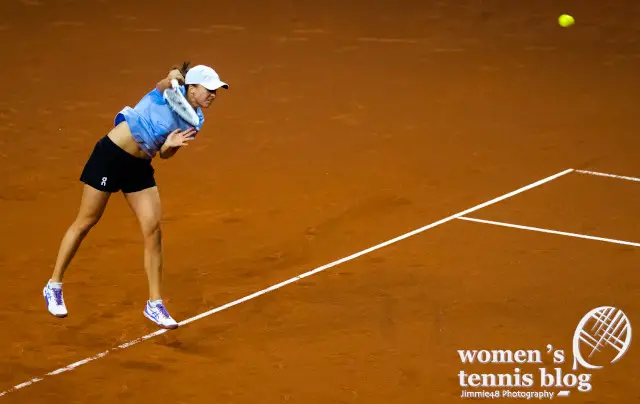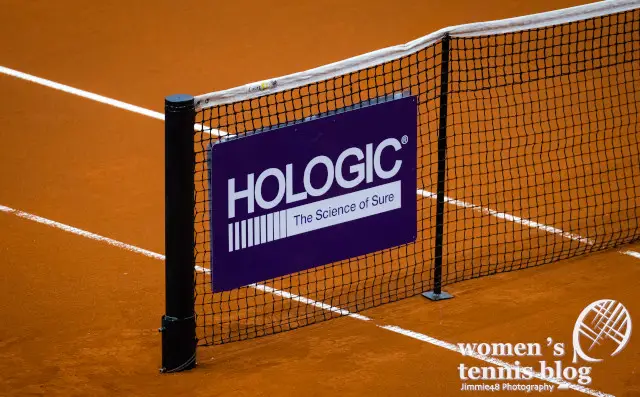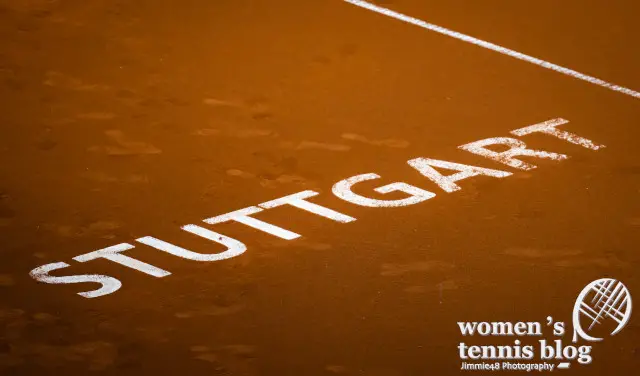The clay-court season is upon us, and for tennis players, this means adapting to a slower surface and longer rallies. The game is played outside during summer months so the temperature is always high and facing the sun is a part of clay court game. Additionally, there are marks that make it possible to check every ball so there is no sense to complain at umpire’s decisions. With all this in mind, coach Marcin Bieniek explains the key areas to work on and provides tips to help you become more effective on clay.

Technical skills
On clay courts, it’s essential to have a diverse range of spins in your arsenal. Topspin is the most important shot to keep the ball consistently in the court and make it hard for your opponent to play difficult shots. The ball bounces awkwardly after heavy topspin, so aim for a higher trajectory on clay. Backspin can also be useful, especially in defense, to keep the ball low and force your opponent to work hard to stay in offensive mode. Training your kick-serve and drop shots will also help you capitalize on your opponent’s defensive position.
Tactical skills
Consistency is crucial on clay courts. It’s nearly impossible to win against a solid rival while attempting risky shots from the beginning to the end of the point. Being able to rally for 10-20 shots puts pressure on your opponent and tests their mental strength. Understand the phases of building and finishing points and implement defensive work to get to as many balls as possible. From an offensive perspective, aim for angle shots, drop shots, and coming to the net to take advantage of opponents who run deeply behind the baseline.

Physical skills
Endurance and footwork are two critical physical skills you must work on before the clay-court season. Playing in a hot environment and facing long rallies require excellent aerobic endurance. If your body can’t handle these demands, you will try to shorten rallies and take unnecessary risks. Also, you must feel comfortable while sliding, a crucial movement that allows you to get to many balls without losing power on running.
Mental skills
Patience is a vital weapon on clay courts. Longer rallies and defensive opponents will test your patience. Accept the fact that even when you almost finish the point with one shot, your opponent’s good defensive response can force you to start building the advantage all over again. Being mentally ready for these challenges is a skill that you must develop with specific drills. Be prepared for unexpected situations, such as dirt getting into your eyes or awkward bounces after a heavy topspin shot.

To be successful on clay courts, you must adapt to the constantly changing environment. Work hard on the technical, tactical, physical, and mental aspects of your game, and you’ll be ready to tackle the challenges of the clay-court season. Remember, effectiveness in tennis is based on preparation and adaptation. Whether you love or hate clay courts, success on this surface requires hard work and dedication.
To learn more from coach Marcin Bieniek, join his on-demand video training program and get a 30% discount with the code WTBPROMO. Also, visit our Tennis Tips page to learn how to improve specific shots and skills, handle pressure, adapt your game to all surfaces and weather conditions, and much more.




